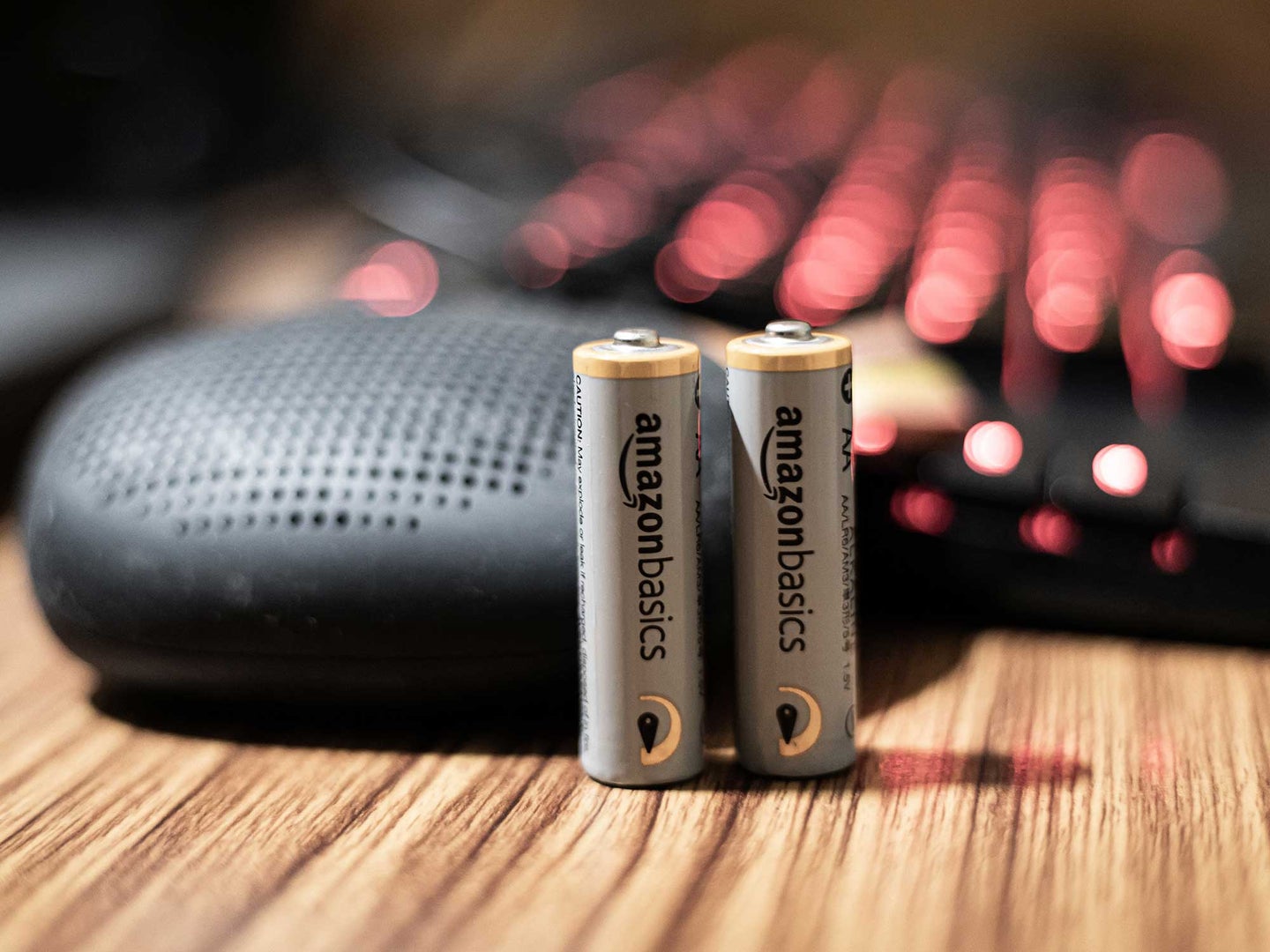Rechargeable AA batteries to stay energized and eco-friendly
You’ll never miss a picture perfect moment.

We may earn revenue from the products available on this page and participate in affiliate programs. Learn more ›
It is estimated that 40 billion alkaline batteries are thrown each year worldwide. Although the up-front cost of rechargeable batteries is higher than that of traditional alkaline batteries, the long term investment is worthwhile. Unlike disposable batteries that start with 1.5 volts and decrease over time, rechargeable batteries consistently deliver 1.2 volts. With proper maintenance and care, some rechargeable batteries can recharge nearly 2,000 times over a lifespan of two to seven years, creating less waste, reducing environmental impact, and removing the insistent need for single use batteries. Overall rechargeable batteries have a higher performance capacity than regular alkaline batteries.
Energizer
Always keep in mind a battery’s material make-up. The most common and widely used rechargeable batteries are lithium-ion (LiOn), though nickel-metal hydride (NiMH) and nickel-cadmium (NiCd) batteries used to be quite prevalent and are still on the market. LiOn batteries are typically more expensive, but they avoid the “memory effect” that can shorten the lifespan of their NiCd counterparts.
Panasonic
Consider the milli-Amp-hour (mAh) and capacity retention rate of energy in your rechargeable AA batteries. Some batteries retain 90% of their capacity after 1 year and 80% after 3 years. Even after being stored for ten years , some rechargeable batteries still retain 70%.
Amazon
Most rechargeable batteries come pre-charged and ready to use right out of the box, but you should also make sure your batteries can be recharged when fully or partially drained. Those that can’t are said to suffer from the “memory effect,” which means if they’re recharged when the batteries still have some energy left in them, they won’t be able to use that much energy on their next use.


